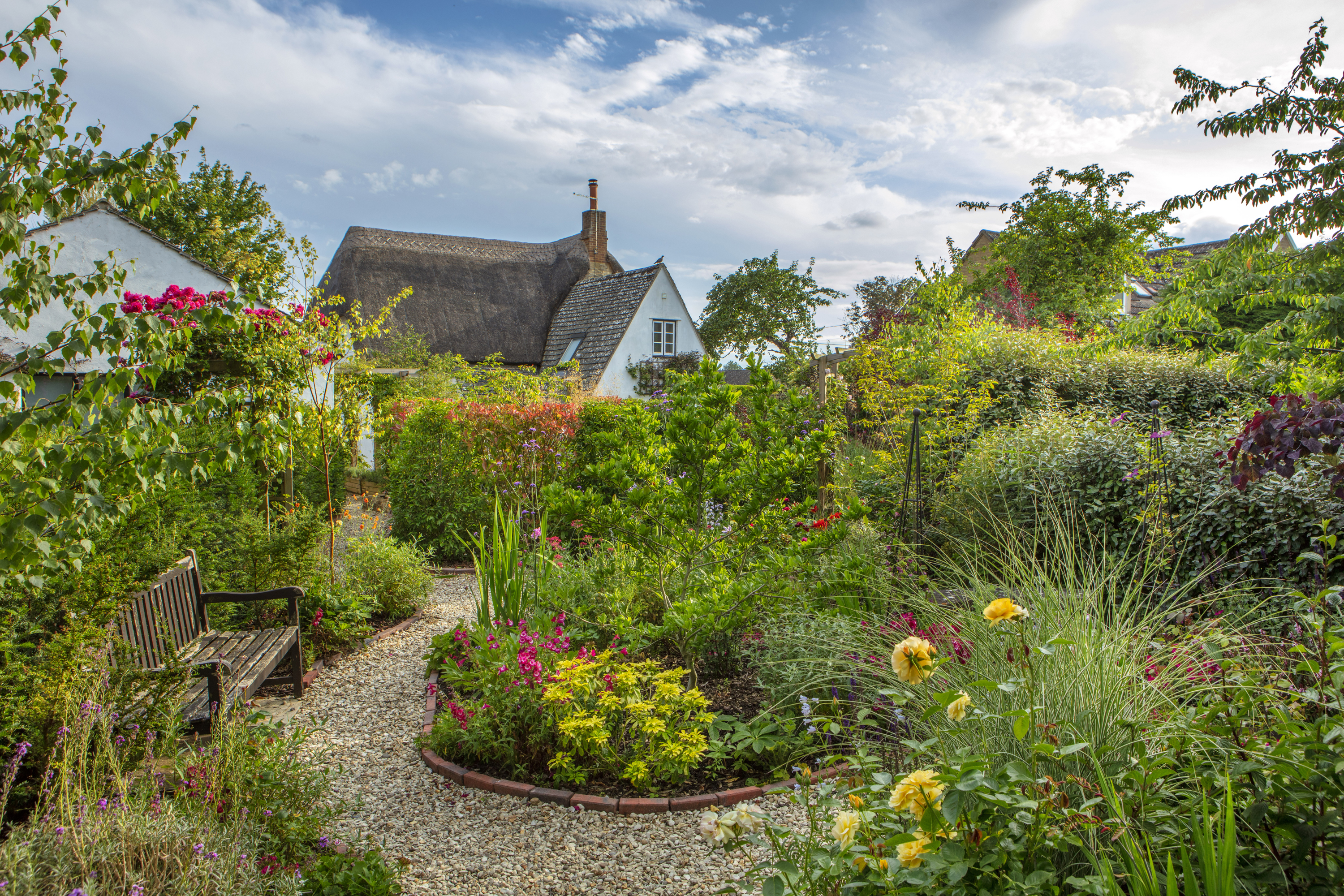
For most people, the first few days in a new home usually involve settling in and moving furniture around. No so for Tim and Olivia Payne, when they moved into Batts Cottage in the early spring of 2014.
‘On the first morning, I walked out into the garden and thought “Right!”’ remembers Olivia. The 17th-century thatched cottage near Witney in Oxfordshire required renovation and modernisation, but the couple, both classical musicians, instead first turned their energies to the outside space.
Read on to find out how they transformed the neglected plot, creating an award-winning garden in only a few short years.
For more garden inspiration visit our real gardens section.
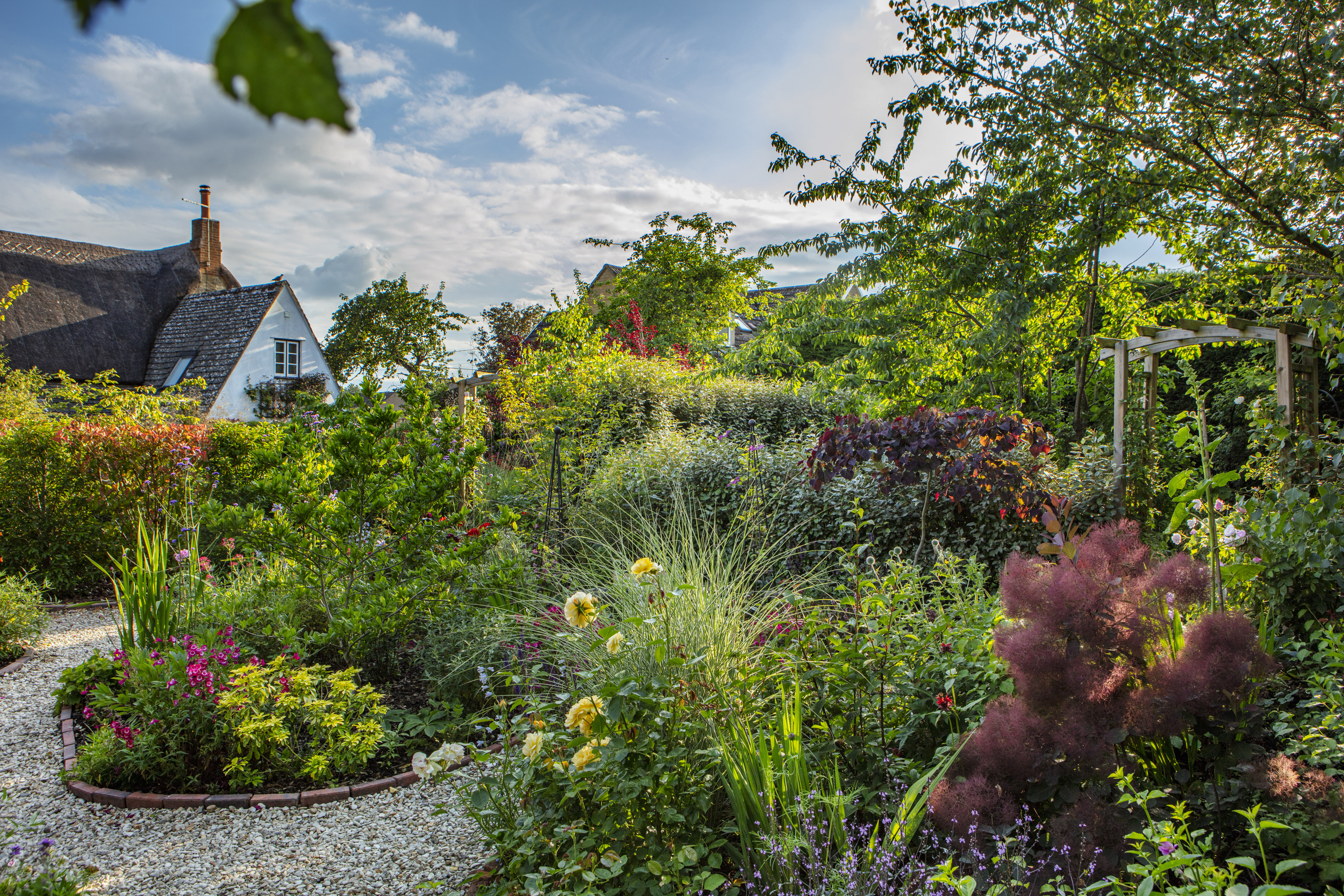
Snaking gravel paths wrap and curve around island beds planted with a mass of blooms including the lemon yellow Rosa Absolutely Fabulous, Miscanthus sinensis ‘Morning light’, deep pink penstemon and Magnolia stellata
Designing the garden from scratch
The neglected garden was crying out for a makeover. ‘We looked on Google Earth to get an idea of the overall shape and aspect of the garden, and then set about clearing the ground to make a blank canvas,’ Olivia explains.
The deep-set concrete paths, large conifers and Wendy house left by the former owners were removed before Tim was able to start digging.
The garden has been designed and built entirely by the couple, whose inspiration stems from watching vintage videos of Geoff Hamilton’s Cottage Gardens programme. ‘We knew we wanted a series of garden rooms to try and create an illusion of space,’ says Olivia.
Visiting private gardens open for charity under the National Gardens Scheme has also helped to shape their vision. ‘Looking around smaller gardens gives you far more inspiration than those of a stately home,’ Tim advises. ‘You can really get a feel for how a planting scheme would work in your own garden space.’
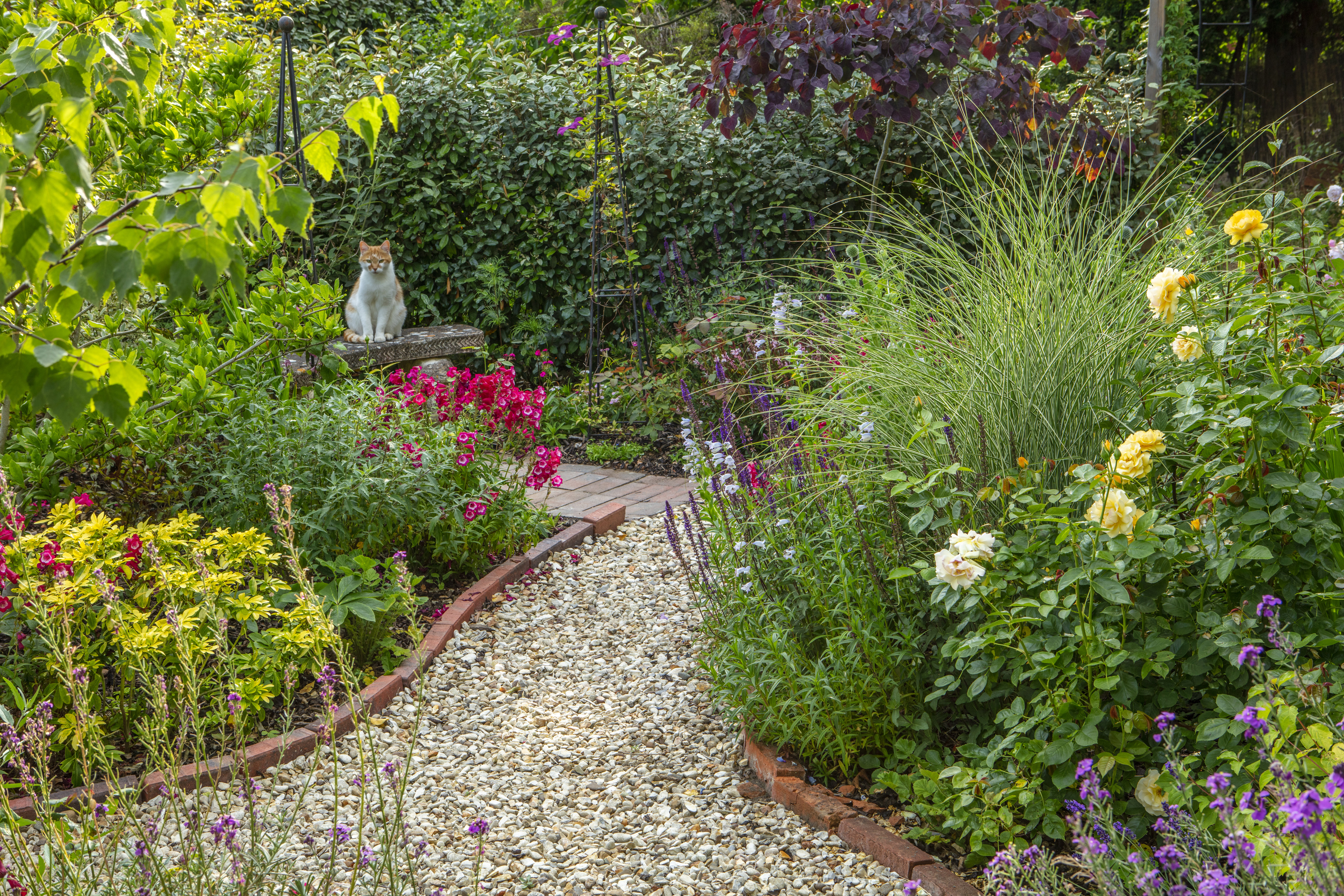
The couple’s cat, Barney, sits on an old stone bench enjoying the vibrant flowers of a Penstemon Phoenix Red and yellow Absolutely Fabulous roses
Vegetable patch
The couple's first purchase for the garden was a greenhouse, which they found on eBay. They positioned this in the ‘wedge’ shaped eastern side of the garden that had immediately been designated as a vegetable patch.
Find advice on how to choose a greenhouse for your own garden in our guide.
‘We started with the vegetable plot, which we screened from the main garden by planting a yew hedge,’ says Tim. They constructed raised beds in formal lines and once this area had been laid out, Tim and Olivia were able to concentrate on the main plot of a third of an acre.
If you want to make raised beds for your own garden project, find out how to make them in this step by step guide.
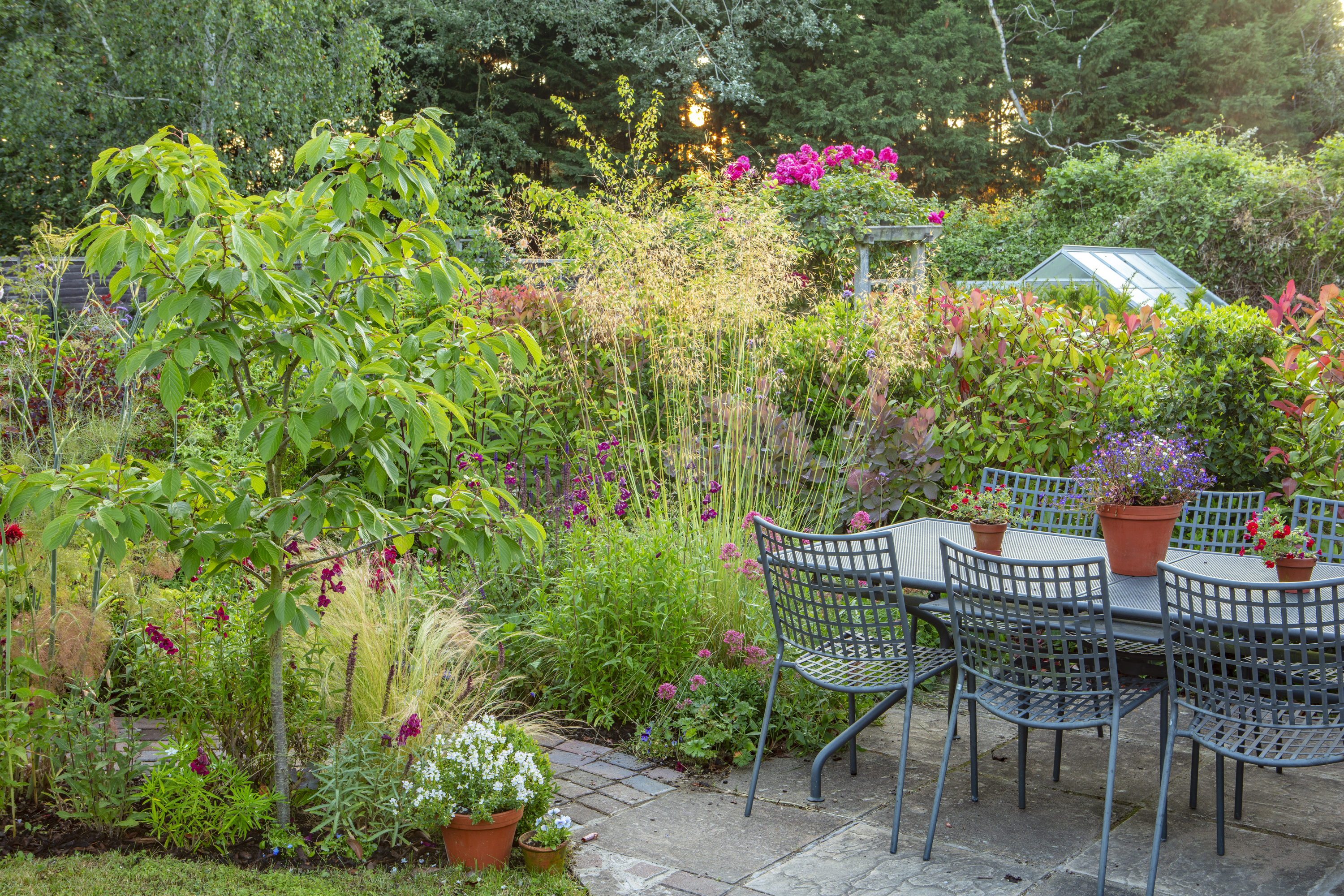
The patio dining area is tucked in among the fragrant planting, while on the other side of the yew hedge is the vegetable garden, with the greenhouse that the couple found on Ebay
A garden to complement the cottage
‘We wanted to avoid the square lawn with plants around the edge type of garden, and aimed for a loose planting style to try and echo the “wibbly wobbly” feel of the old cottage,’ says Tim, describing the style of garden that he and Olivia designed.
Get more garden inspiration from Period Living
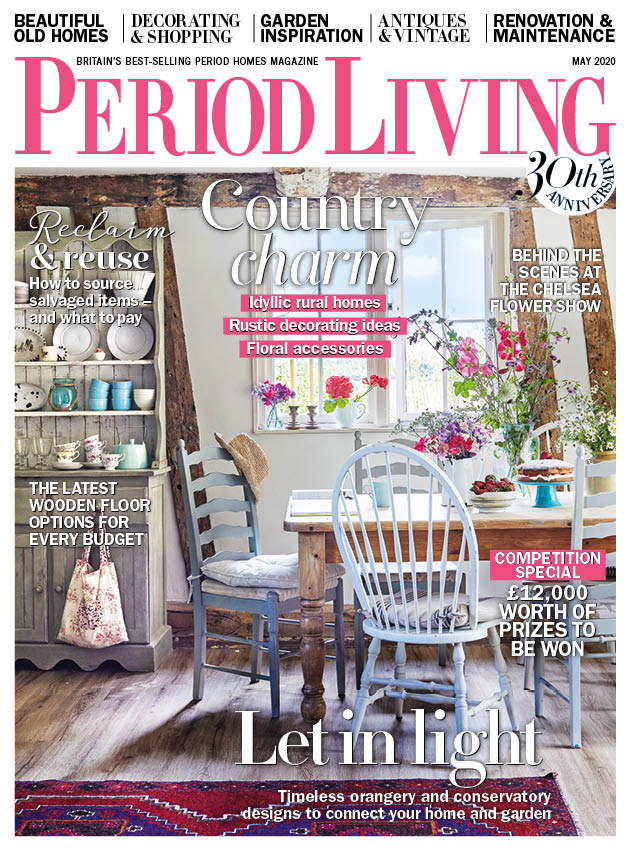
Period Living is the UK's best-selling period homes magazine. Get inspiration, ideas and advice straight to your door every month with a subscription.
Their vision was to design a journey through the garden, giving the feeling that the plants were there first and the twisting paths were then formed through the planting.
The result is a remarkably mature garden where evergreen hedges of Prunus lusitanica, Portuguese laurel, and Virburnum tinus form the bones of the design, while brick-edged gravel paths wind through pretty cottage-style perennials and grasses.
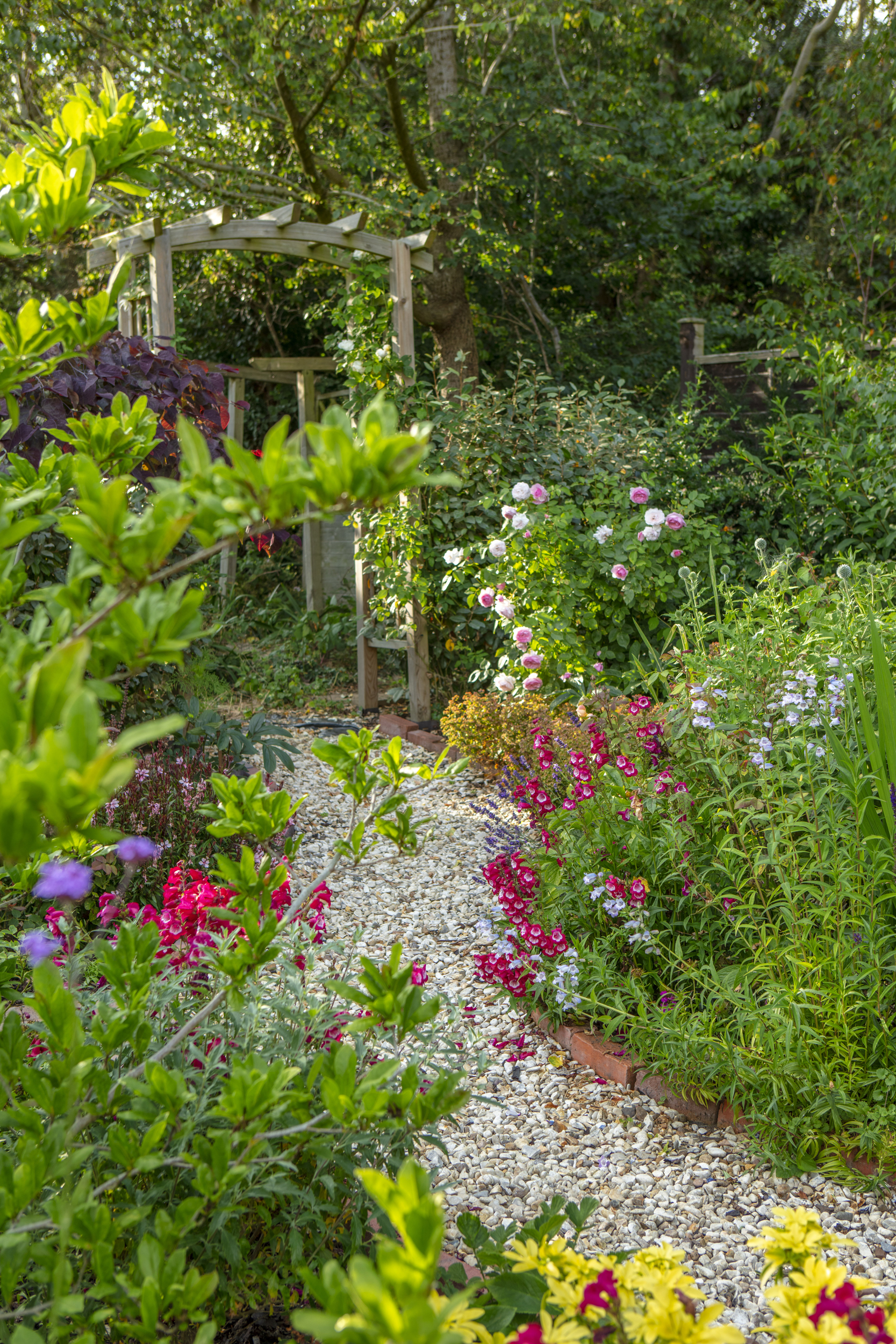
Gravel paths wind through the mass of planting in this pretty cottage garden
Beside the house, a gravelled suntrap is brimming with pots and groups of fragrant herbs and lavender. ‘We love our herbs and it’s so nice to have them close to the house, not only for culinary use but also for the fragrance,’ explains Olivia.
Find advice on how to create a herb garden or incorporate herbs into your own planting scheme.
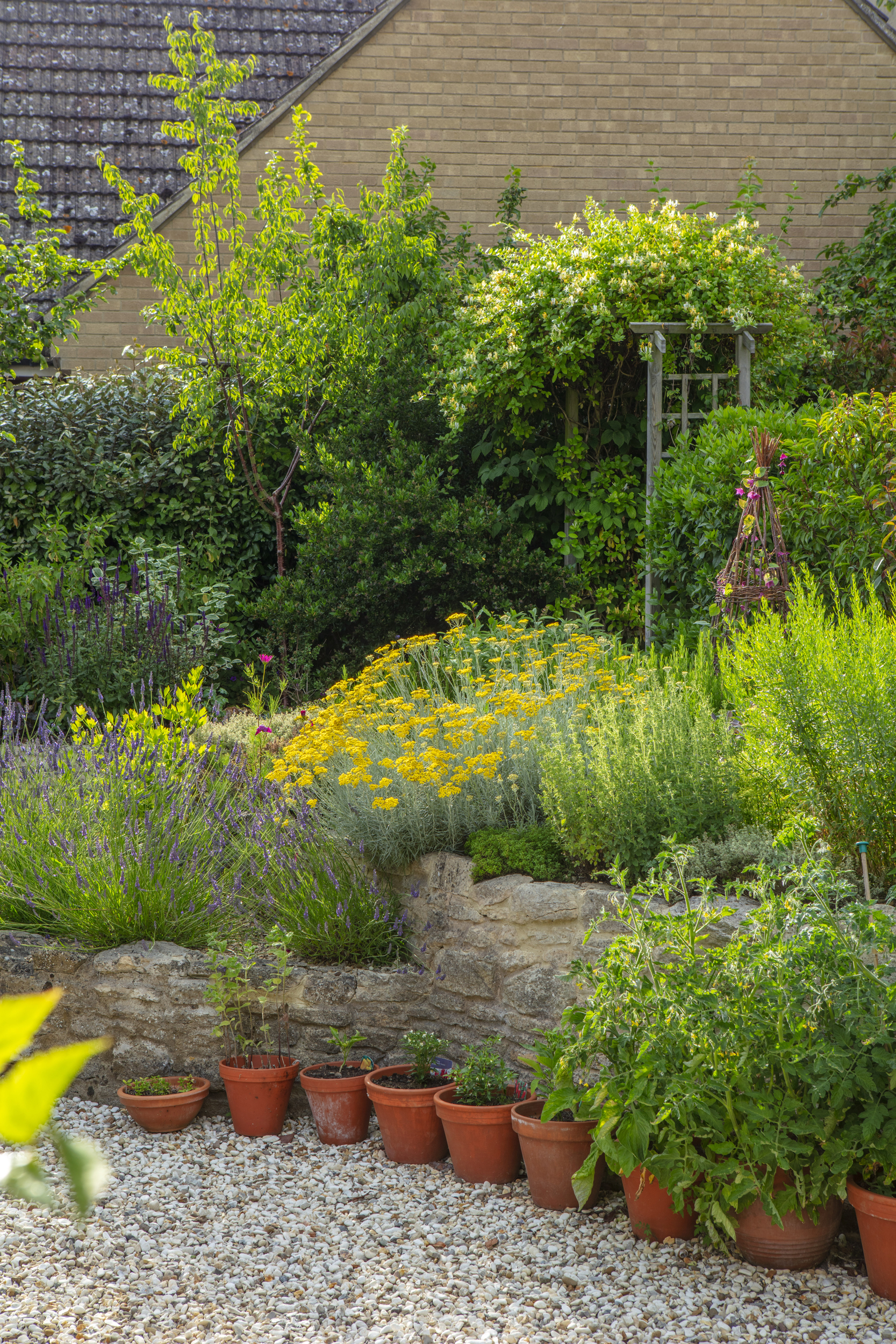
Beside the house is an area brimming with herbs in borders and pots
Steps lead to the main garden where a small oval lawn and outside seating are surrounded with pink cosmos, dark plum-coloured Penstemon ‘Raven’ and ‘Blackbird’, Stipa gigantea, golden oats, and Salvia ‘Caradonna’.
The garden rooms are cleverly screened from one another to generate a surprise around every turn in the path. ‘We have tried to put taller plants in the centre of the beds to make you want to travel around the garden and not see it all at once,’ says Tim, who has incorporated flowering trees into the planting scheme.
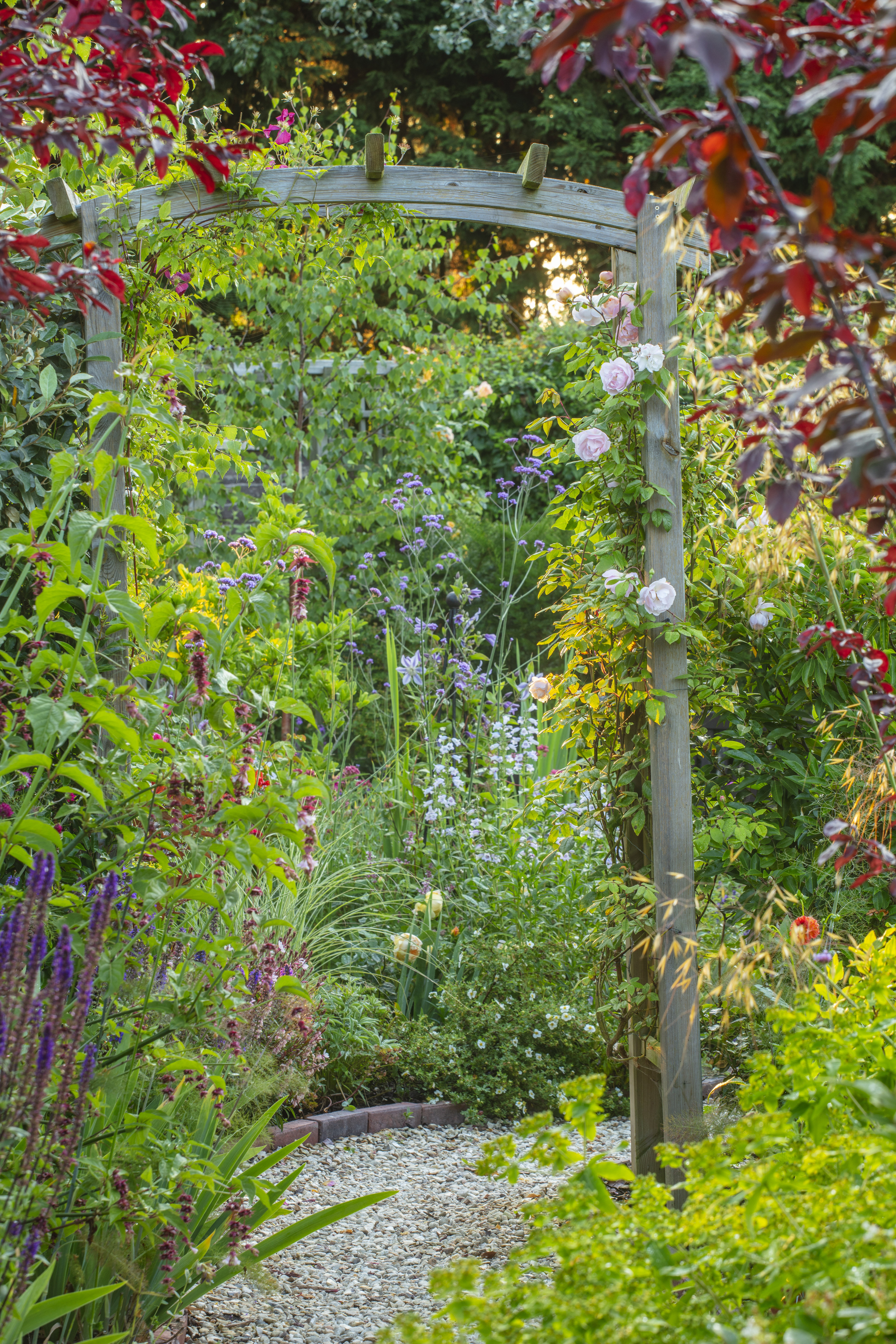
Pink climbing roses scramble up an arbour almost hidden among the dense planting and colourful canvas of cottage-style perennials, such as salvias, Verbena bonariensis, penstemons and grasses
Brimming with plants
‘We like the busy and crowded planting style and our aim was to feel more “tucked in”,’ adds Olivia, who originates from Sydney, Australia. ‘I love English cottage gardens and for ours we have tried to use a repetition of colours in a palette of pinks, apricots and plummy reds.’
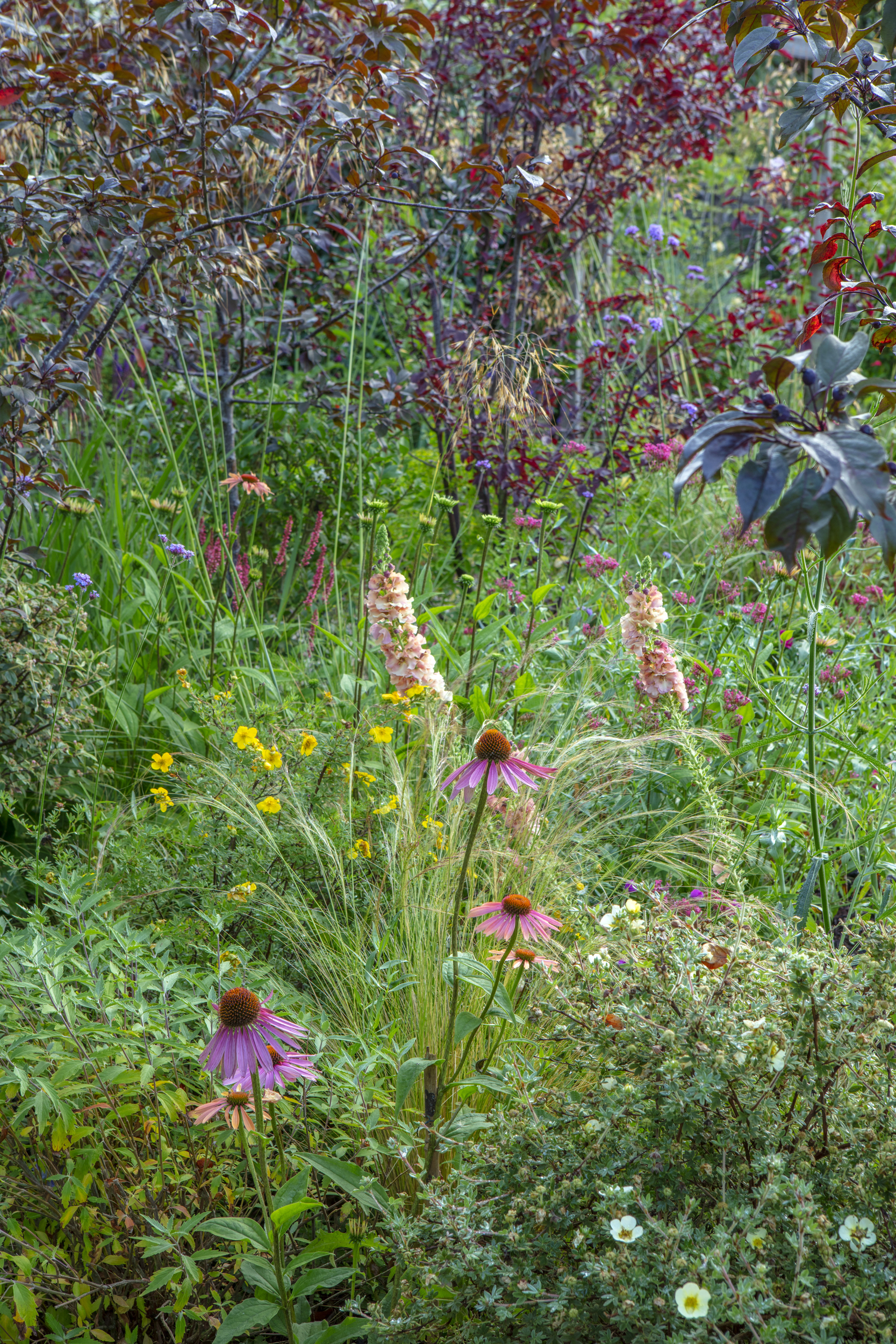
Pink and apricot from blooms including Echinacea ‘Summer Cocktail’, and Verbascum ‘Pink Petticoats’, stand out against a foil of tufty Stipa tenuissima and S. Gigantea
Purple foliage, such as Prunus ‘Nigra’, cotinus, smoke bush, and Malus ‘Royalty’, crab apple, are a good foil for the peachy-apricot colours and provide winter structure along with the evergreen hedges and clipped box. ‘The hedges and shrubs are Tim’s thing, while I’m all about the pretty stuff in-between,’ she laughs.
If you want to create your own cottage garden, find advice on how to design a cottage garden here.
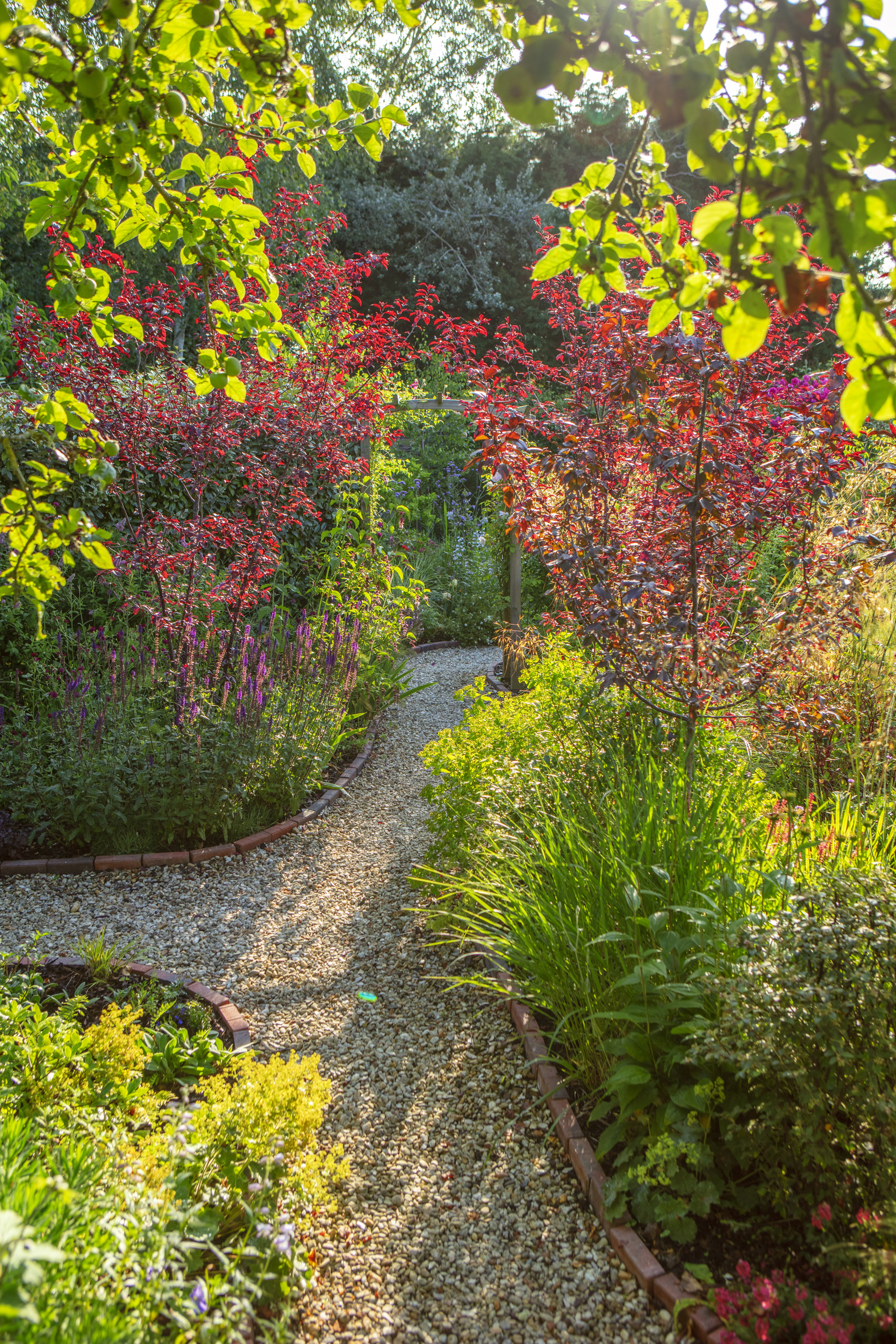
The purple foliage of Prunus ‘Nigra’ complements the planting palette
Following a trip to Sissinghurst, the couple are currently planning the next project, a white ‘Moonlight Woodland Garden’, using an existing flowering cherry as a starting point. Other spring-flowering trees in the garden include Magnolia stellata and Prunus ‘Chocolate Ice’ with its dark copper leaves that contrast beautifully with the white blossom that covers its boughs in spring.
‘Having a garden was critical to us. It’s a calming and stress-relieving sanctuary from our busy working lives,’ says Tim. 'It really is food for the soul.'
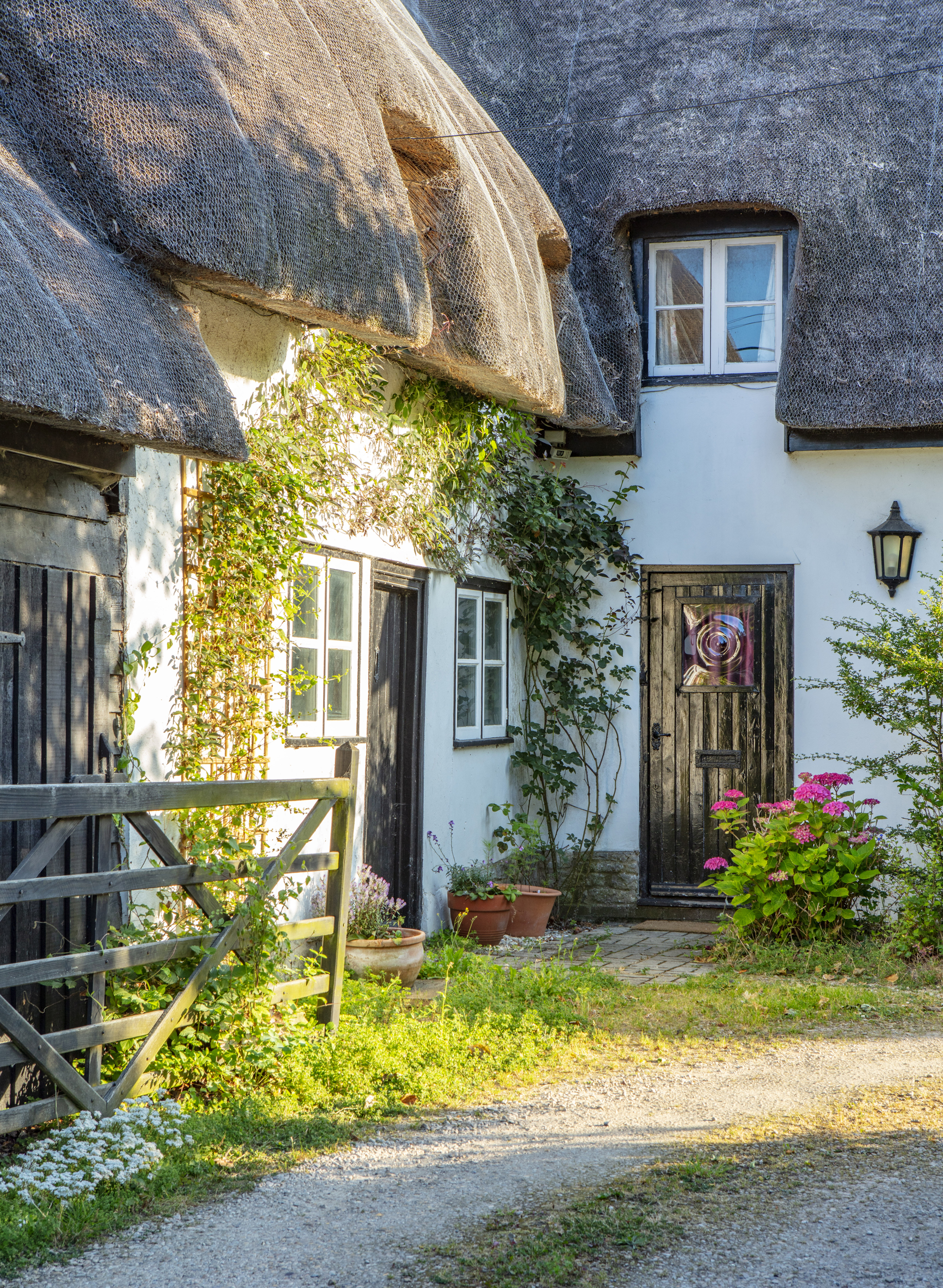
A pink hydrangea and potted displays enhance the picture-postcard perfection of the entrance to their thatched, 17th-century cottage
More garden inspiration
Join our newsletter
Get small space home decor ideas, celeb inspiration, DIY tips and more, straight to your inbox!
-
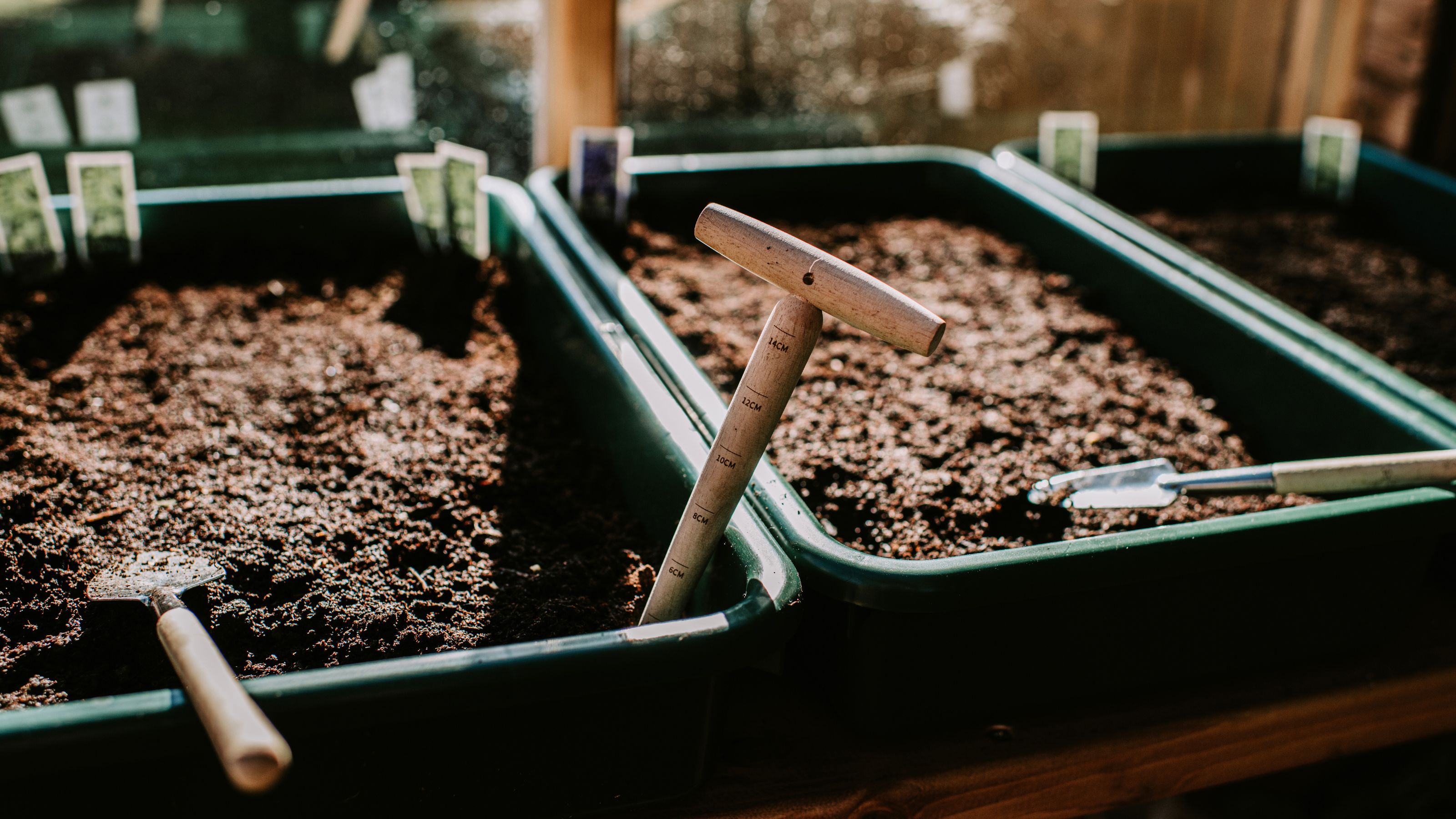 How to make compost — 8 easy steps gardening pros always use
How to make compost — 8 easy steps gardening pros always useLearn how to make compost at home in seven easy steps, whether you have a bin or want to create a compost heap. We've asked pros for their top tips
By Eve Smallman
-
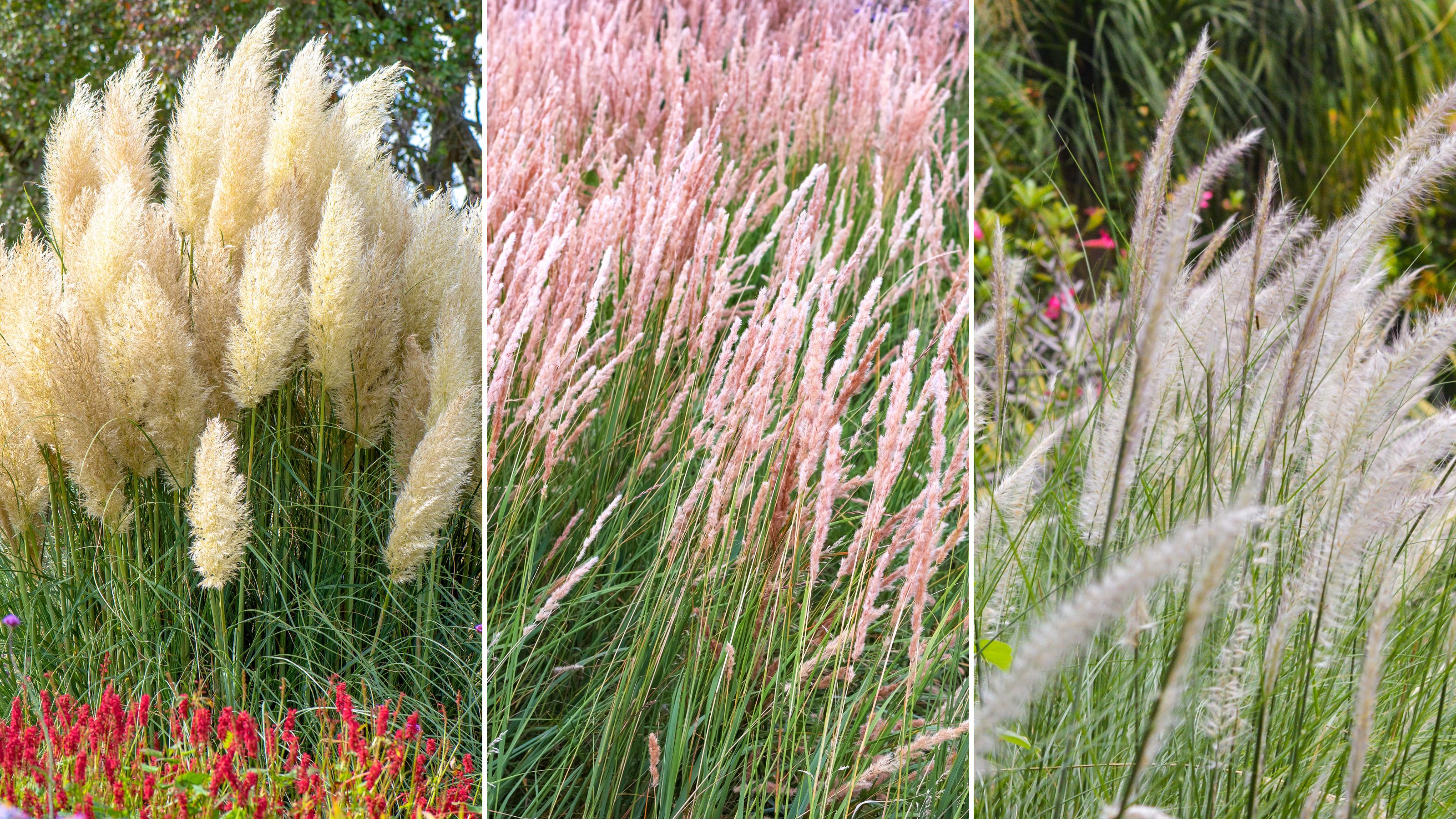 Planting ornamental grasses — the best types experts love and how to grow them
Planting ornamental grasses — the best types experts love and how to grow themWe've got you covered on planting ornamental grasses, speaking to experts about what ones to grow, how to grow them, and factors to consider
By Eve Smallman
-
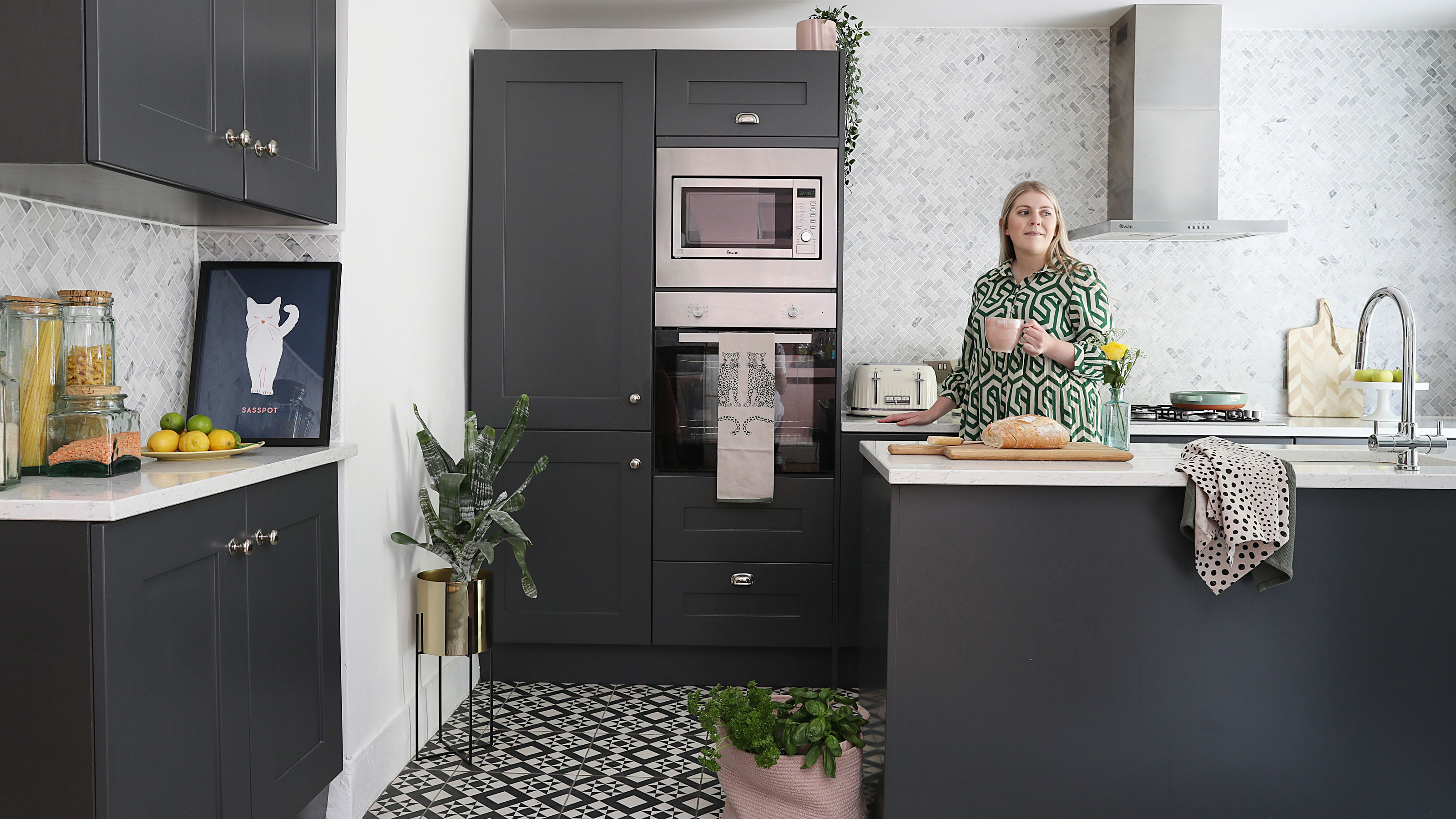 "Grotty" terrace is transformed with French flair and Ibiza vibes in the garden
"Grotty" terrace is transformed with French flair and Ibiza vibes in the gardenEsther Pillans' tired-looking Victorian terraced house was given a makeover with a touch of Parisian chic
By Ellen Finch
-
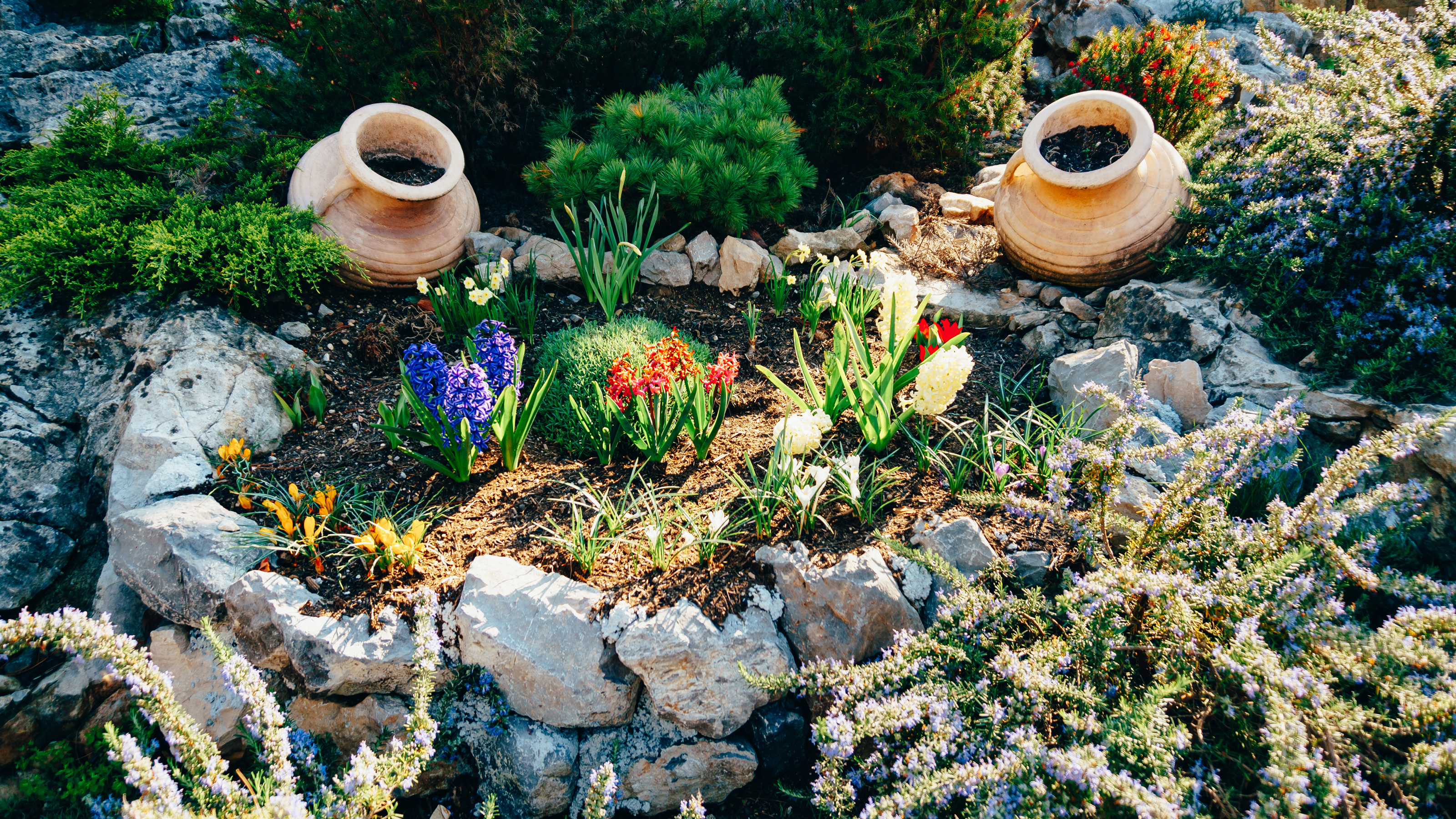 Rock garden ideas – 10 DIY ways to create a rockery
Rock garden ideas – 10 DIY ways to create a rockeryThese rock garden ideas are suitable for outdoor spaces big and small. Create your own rockery on a lawn or even on a balcony with just a few materials.
By Anna Cottrell
-
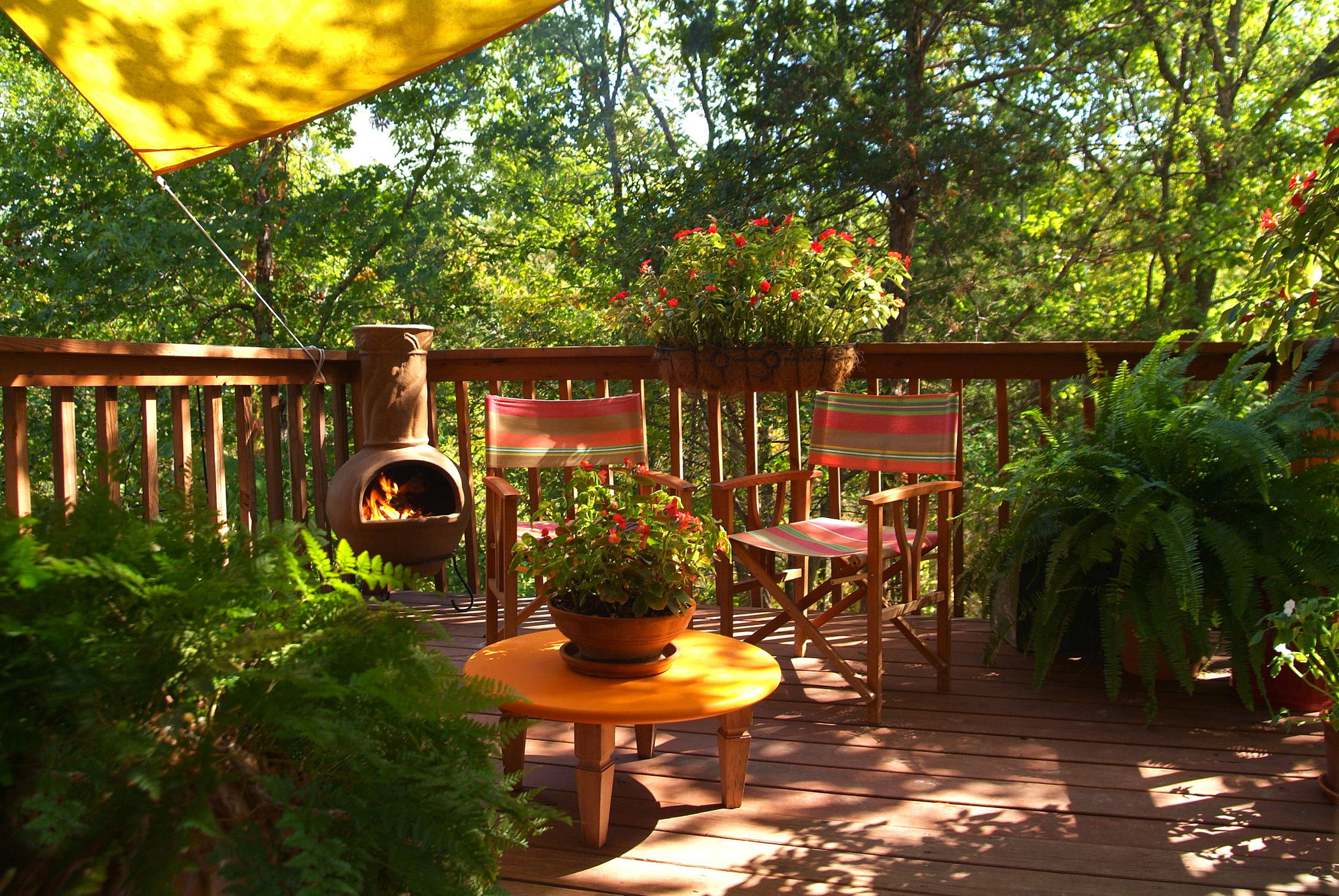 Cabin fever? These chimineas will extend the life of your patio
Cabin fever? These chimineas will extend the life of your patioThis cold-weather season, cozy up to our favorite chimineas!
By Brittany Romano
-
 5 outdoor summer essentials to prove Society6 is your one-stop-shop this season
5 outdoor summer essentials to prove Society6 is your one-stop-shop this seasonCheck off all of your outdoor summer essentials by shopping exclusively at Society6.
By Brittany Romano
-
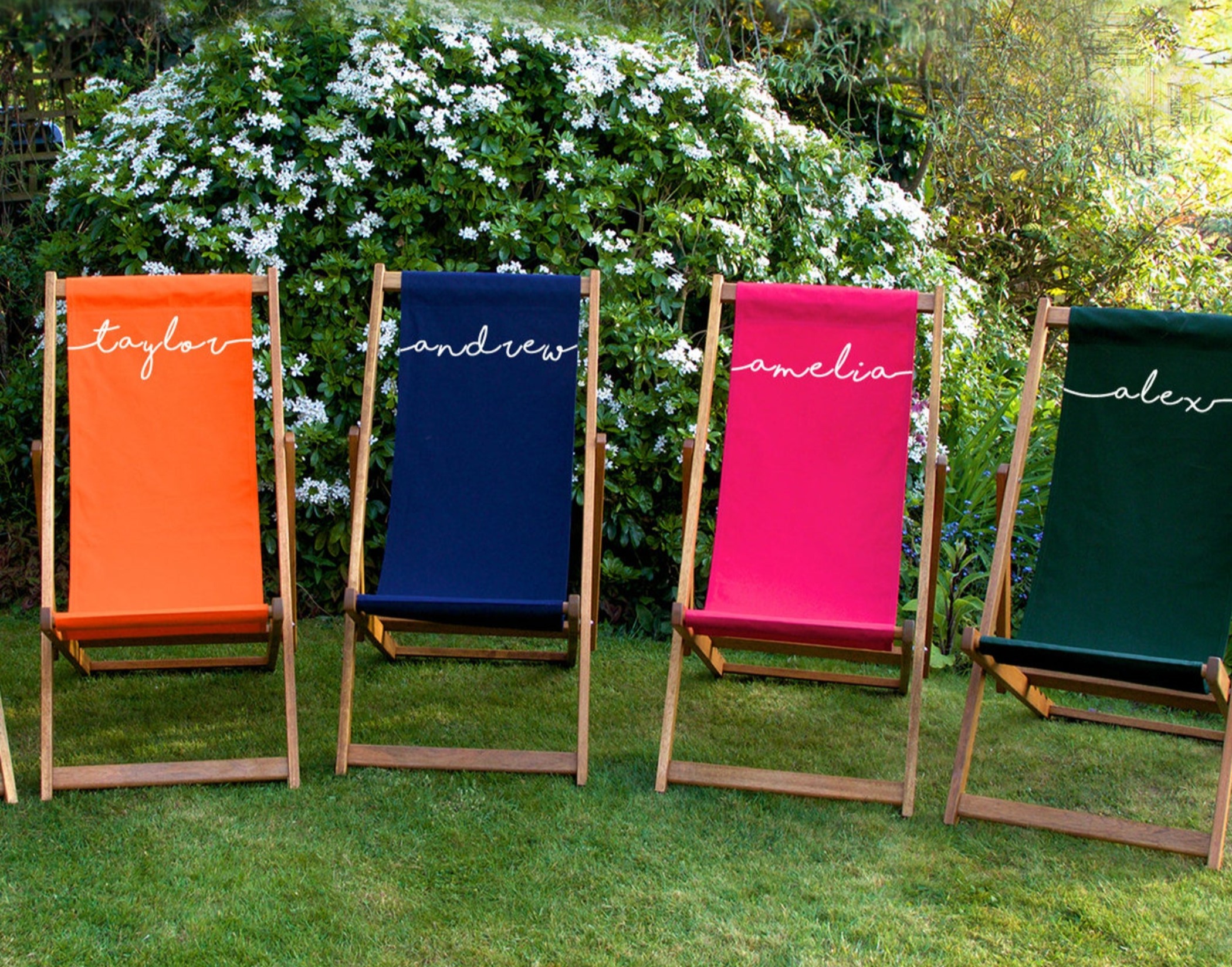 The first-ever Etsy outdoor sale is happening now, and we're buying these 5 items
The first-ever Etsy outdoor sale is happening now, and we're buying these 5 itemsFor a limited time, this Etsy outdoor sale will give your backyard the facelift it needs — at a fraction of the cost.
By Brittany Romano
-
 The benefits of houseplants – 8 feel-good ways plants help your health
The benefits of houseplants – 8 feel-good ways plants help your healthEnjoy the many benefits of houseplants. Air-purifying, anxiety-soothing, mood boosting and more positive vibes.
By Camille Dubuis-Welch